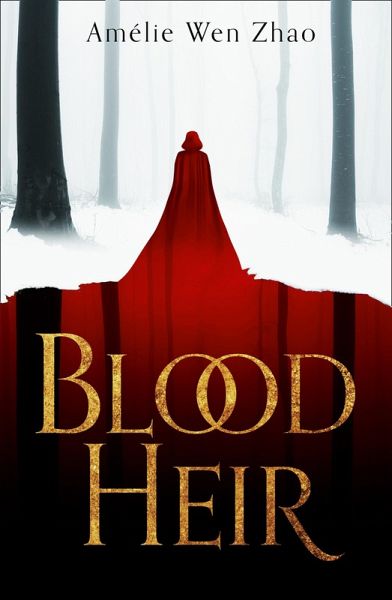


Save for the villains (more on that later), Red Tigress is so effective with its supporting players because, much in the same way that Zhao’s worldbuilding goes straight to the principles and flaws at the heart of a culture, her character work prioritizes the dilemmas that animate people’s lives. It doesn’t snatch the reins from Ana and Ramson by any means, but it does make way for Red Tigress to nail the side character category, especially where it concerns the characters whose heads we visit most often in Zhao’s narration: Ana and Ramson, as before, along with Linn, a wind Affinite and survivor of trafficking, and Kaïs, a defector from the royal guard. Now, additional points of view often clutter a second book, but she incorporates them very shrewdly, their use like cutaways in a screenplay: pacing-sensitive, reserved for necessity, and, occasionally, only visiting a certain character once. These two playing off of each other as a duo did wonders for Blood Heir, a first installment that very much felt like their book, but Red Tigress aims broad in more ways than one, and, along with an expanded world, Zhao serves us an expanded cast.

With her is the young criminal mastermind Ramson Quicktongue, whose shady past and unsavory connections make for a massive liability in any bid for the throne––but are, as in book one, excellent reading material. The center-stage conflicts in this second volume expand the scope of Blood Heir’s world, put the complicity of nations beyond Cyrilia under scrutiny, and make what is, on paper, a detour, feel anything but.Īt curtain, Anastacya, or Ana, is in search of allies in the crumbling city of Novo Mynsk. The power struggle between her and Blood Heir’s lead, the blood Affinite and exiled princess Anastacya, remains the series’ long-term thrust, but in Red Tigress, Zhao sets her sights on promising new shores.


 0 kommentar(er)
0 kommentar(er)
